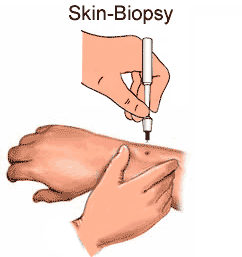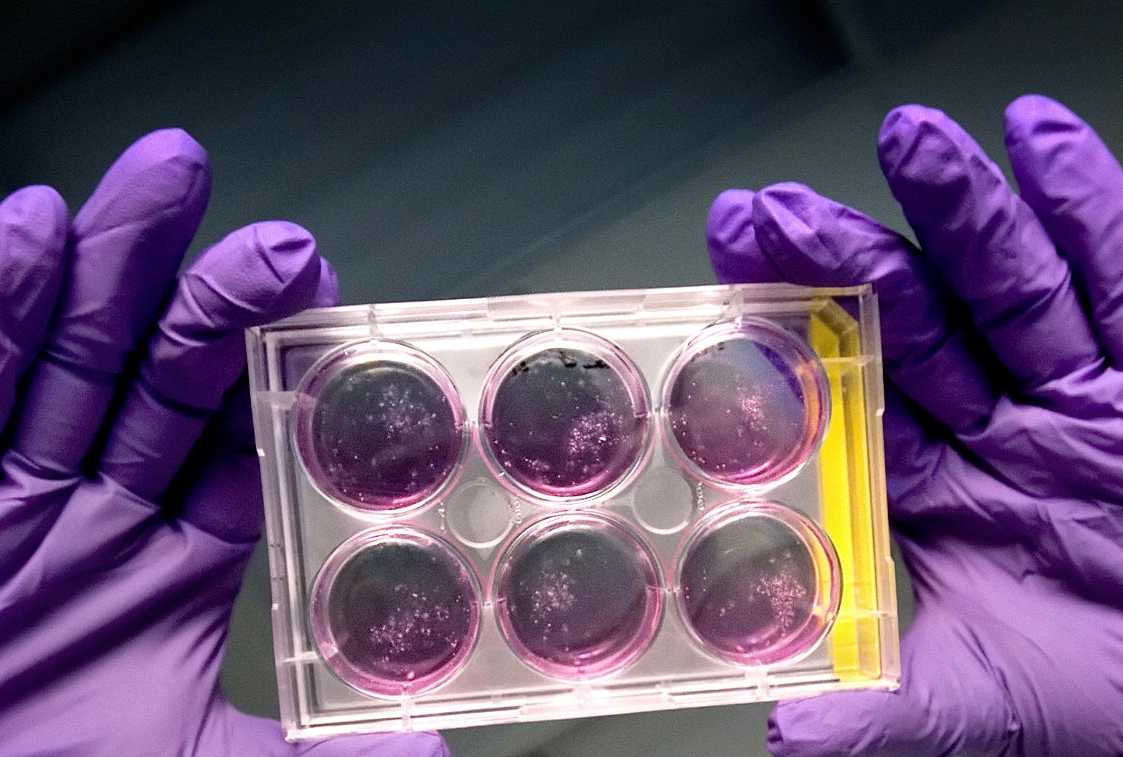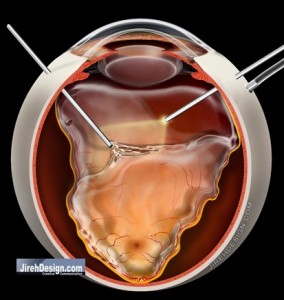We got the Championship Award!
This means we get to
go and compete at
World Festival in St. Louis!!

We got the
Championship Award (1st Place overall)!
And a perfect score in all but 1 catagory!
|
Links
Homepage
2009 Season (Smart Move) 2009 Team Members 2009 Pictures 2009 Fundraising 2009 Sponsors 2008 Season (Climate Connections) 2008 Team Members 2008 Pictures 2008 Fundraising 2007 Season (Power Puzzle) 2007 Team Members 2007 Pictures 2007 Sponsors 2006 Season (NanoQuest) The Sharks (Team 1273) Legos in Paradise Blog! LEGO League Website F.I.R.S.T. Website Michigan FLL |
LEGO
in Paradise (Team 15) - 2010 FLL Body Forward Season
Our Research We researched about Macular Degeneration (MD). A disease in the eye that effects one third of people over 55. There are two kinds of MD, the Dry kind and the Wet kind. All patients start out with the Dry kind, and 10% progress into the more severe Wet kind. The disease starts out with the thinning of the macula, which is the very center of the retina which is the layer light sensitive cells at the back of your eye that allow you to see. The macula controls all your central vision. So when the macula gets thinned, you start to lose your central vision, it could be blurry, distorted, or straight lines could appear wavy. A common sign of the disease is drusen, a yellow fatty substance that forms in the retina, however the presence of drusen doesn't mean you have MD, it is just commonly there before the disease. Wet MD is caused by abnormal blood vessels that form in the macula. The blood vessels distrupt the macula and cause loss of vision. People who smoke are 2 - 3 time more likely to get MD. Obesity and family histroy of the disease also increases the risk. There is also a 2% chance that younger people will get it too, including a case where a 17 year old girl had it. There are currently 2 different solutions for Wet MD, and none for Dry MD. Laser treatments and Anti-VEGF treatments. Anti-VEGF treatments are injections into the eye that inhibit the formation of the abnormal blood vessels. There are two different kinds of injections, either Lucentis or Avastin. Usually a patient will get an injection about once a month until the disease is stopped. The laser treatments could either be a Hot Laser, or a Cold Laser. A Hot Laser treatment is a direct beam of high intensity light directed onto the abnormal blood vessels to burn them away. In a Cold Laser treatment, they inject light sensitive drugs into your blood stream. When the drugs reach the abnormal blood vessels, they direct the laser onto the blood vessels, activating the drugs which in turn, destroys the blood vessels. The problem with these solutions is that they only stop the progression of the disease, they don't fix it or reverse the effects, they also will only work for the Wet kind. And, they are also very expensive, up to $2300 for a single dose (one injection) of Lucentis! That's where we come in. Our
Solution
is
to take skin cells that have been engineered to be like
embryonic
stem cells which have potential to be any kind of cell. These cells
would then be injected under the macula using a 36 gauge needle. The
cells would grow into the macula tissue that had thinned. Thus,
reversing the effects and preventing the disease from even
progressing into the Wet kind. Here's
our solution in a breakdown: Step
1: Doctors take skin cells from the patient.  Step
2: Cell biologists engineer the skin cells to be like embryonic stem
cells.  Step
3: Patient gets a Pars Plana Vitrectomy.
Step
4: Stem cells injected into the macula tissue.
Step
5: Patient’s eye is re-filled with saline solution or silicone
oils.  Step
6: The cells grow and thrive in the macula, replacing the damaged
tissue.
Our Robot Shark V Our
robot is called Shark V because it is our fifth robot since NanoQuest
(2006) which was named Shark. Shark V has 2 NXT motors used for
direct drive, and 1 RCX motor for the attachment arms. The front
“cage” has a sweep door, as well as 2 arms that all operate at
different speeds and directions. We run 5 programs, plus a backup
that grabs the syringe if it doesn't get into base. If everything
works correctly, we get 320 points.
Shark
V earned the Mechanical Design award at the LEGO Fever 1 Practice
tournament! And here's pictures of Shark V:
|
|
||
|
||||